Sometimes you just see a game with some gorgeous hand-painted 2D graphics and you just have to drop everything and play it. That’s how Teslagrad 2 was for me. I have not played the original game, and was only aware of this one on its shadow-dropped release this last week. Zero hype can be a lovely thing, because you have no preconceived ideas about what to expect. I went in eyes and heart open, and I’m pleasantly surprised by what I found.
Teslagrad 2 relies on visual storytelling only, and very much by design. There’s no voice artists, no words at all are uttered, and slightly unhelpfully, even the written language in the game is untranslated Nordic glyphs. You are on this journey without much to steer you. The following synopsis comes more from subsequent research than anything you’ll find through actually playing.
You play as Lumina, she of the delightfully tall eyes that make her look like a 30s cartoon character. Lumina is a young Teslamancer who crashes her airship after a blimp full of Vikings shoots hers down. She lands in Wyrmheim, a northerly realm with magical wild beasts and a lot of marauding Vikings. The copper wire thin plot revolves around escaping the Vikings, doing them a bit of mischief in return as you gain electro powers from a mysterious Teslamonk helper, and ascending a huge electromagnetic tower in pursuit of him. There’s not much to spoil, and there’s no real character arcs to speak of.
It’s really the story of a girl, who gains helpful powers and follows the guy dishing them out. She’s charmingly badass, but she’s got no personality beyond that. The plot points are simply the abilities being discovered, and the next place to go. It’s very simple, but it’s a metroidvania, and abilities are kind of the point.
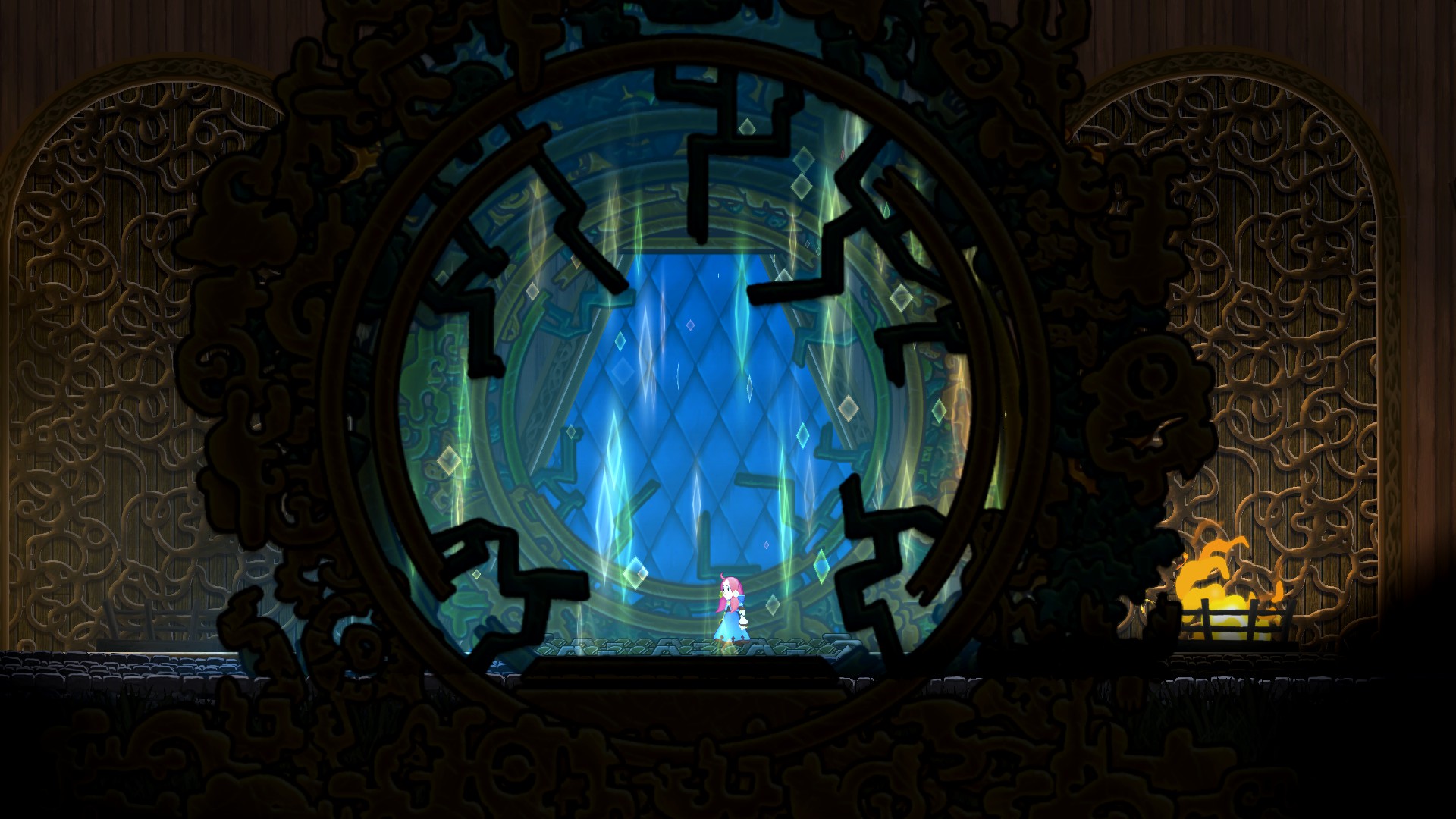
As a Teslamancer Lumina is given, and discovers, a number of items and upgrades that let her harness the powers of electricity. She can become electricity and shoot along wires, she can produce electromagnetism via her boots attracting red-coloured metals and repelling blue-coloured ones, allowing her to walk on walls and ceilings, and float in areas of the opposite force. Of course everywhere you turn the ground is covered in one or the other colour. It makes for some fantastic, hovering, wall-walking, flying gameplay that’s often pretty satisfying to pull off.
The amount of new area-opening abilities is great; skidding on the ground to open routes and slice, walking on walls and ceilings, downward strikes to open floors, electric dashes to attack enemies, and eventually even an axe you can throw and return, I assume through electromagnetism again, but it sure is like a certain famous Greek in Norse lands. It all makes for a nicely varied and interesting game, that’s remarkably playable despite its slight story and zero voices.
Puzzles and areas rarely provided that much challenge – Teslagrad 2 seemed more concerned with traversal and funneling me through areas in fun electromagnetic ways, rather than requiring brain effort to solve and stopper the flow.
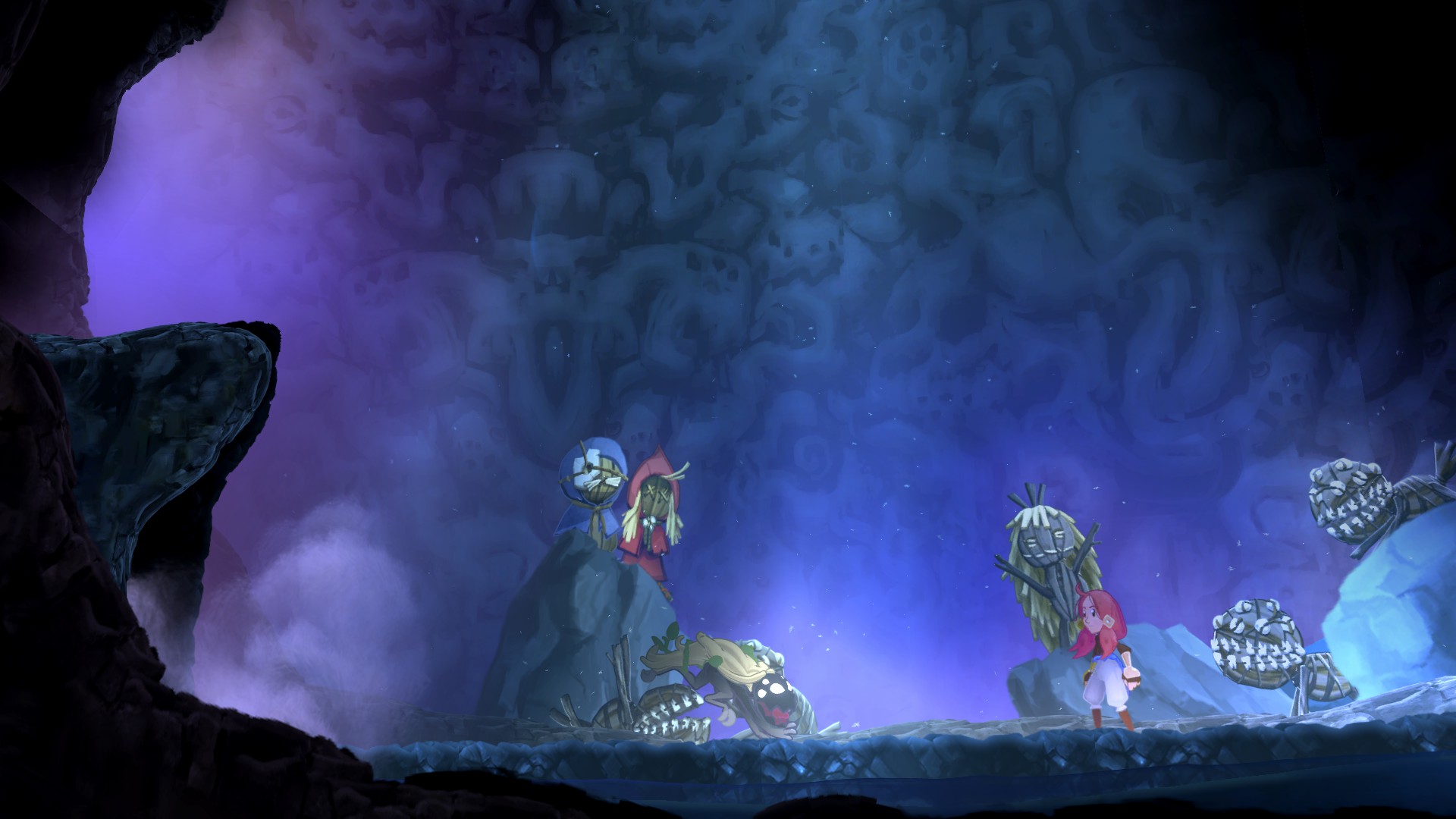
And puzzles aside, I largely never felt stuck by the map or where to go next. You don’t often need to search out a new room and new ability like you might in Metroid itself, you just stumble across them as you go, and they open the very next room you find. In that way, I actually struggled to feel it was really a Metroidvania – if you don’t really need to backtrack, is it actually fulfilling the definition? The streamlined nature of it certainly made it flow and feel fun, but it took a fair bit of the satisfaction and joy of exploration out of it too. You’ll zip through it all like electricity up a copper wire.
There is a little combat, and you’ll be glad it’s only a little, as Lumina has the health bar of a gnat. There are a number of weird creatures, Vikings, undead and bosses, and they can all take you down in an instant. That one touch and your dead, combined with weird creatures had me instantly in mind of Oddworld and Abe, and also Heart of Darkness if you remember that long-forgotten gem.
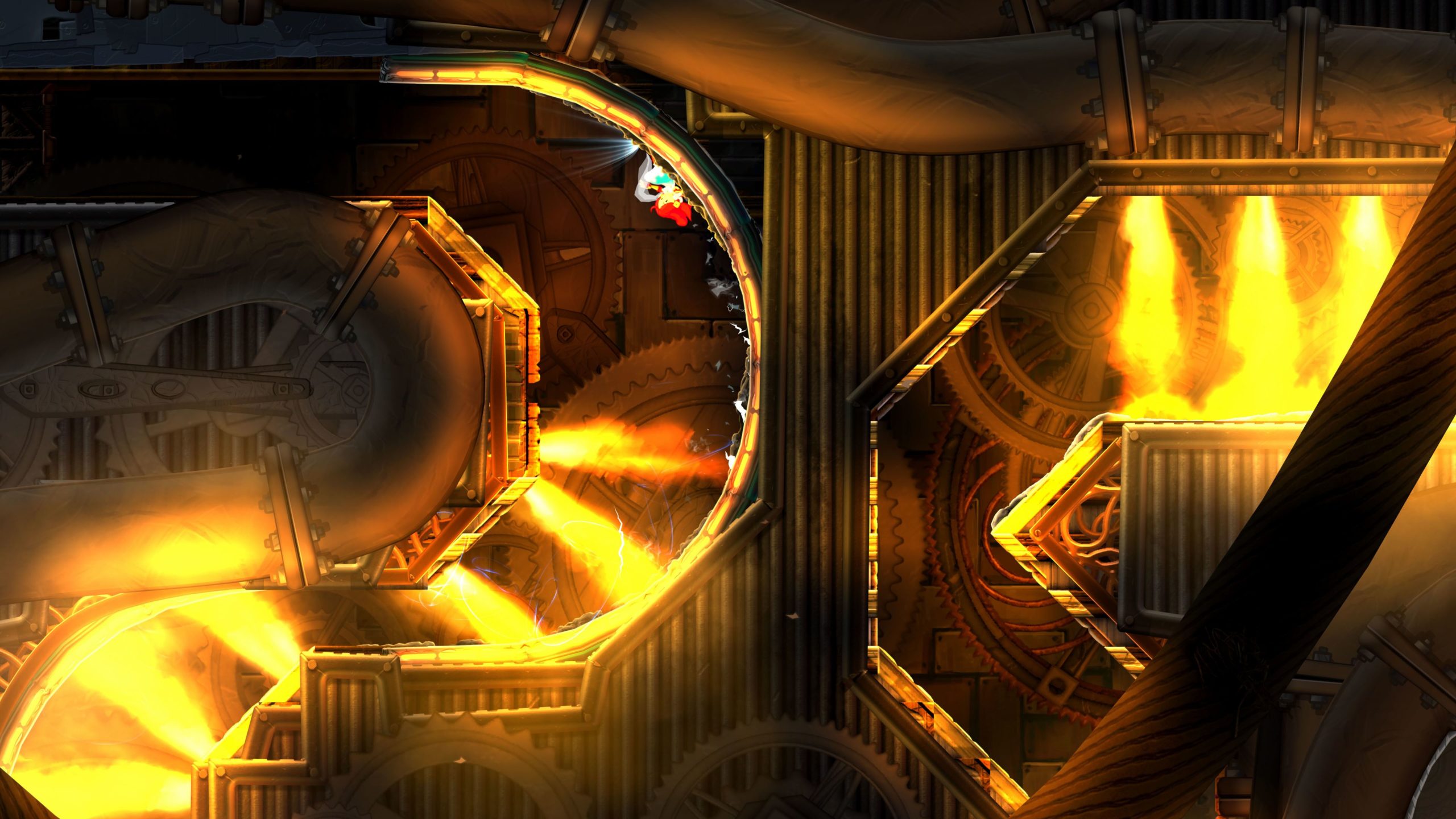
For the bulk of the playtime you can only knock enemies down with your skid, or electro-dash through them, which kills undead Vikings in a few hits. Some of the game’s greatest sequences are its bosses, where you sometimes get an extra one-hit shield too. Phew. Now it’s two hits you’re dead. Sliding around the coils of the great snake Fafnir, or clashing with the weird electrified antlers of a wild Draug (read Moose) were great moments. As was sliding my way through a Viking airship and bringing it crashing down to earth. Later you get the aforementioned axe, and can finally start to put the hurt on enemies, but bizarrely it’s barely an hour before the end of the game.
In a game with no voices, music is forced to do the heavy lifting. It’s why the old RPGs have such great soundtracks. In Teslagrad 2 the music is exemplary. It’s a real presence, evoking the era and location with full-on Norse folkloric sea shanties. The central fjord village area has the game’s yodelling-type theme over it and I was enchanted every time I heard it. Bosses are the same, building to chanting, bewitching crescendos as you do battle.
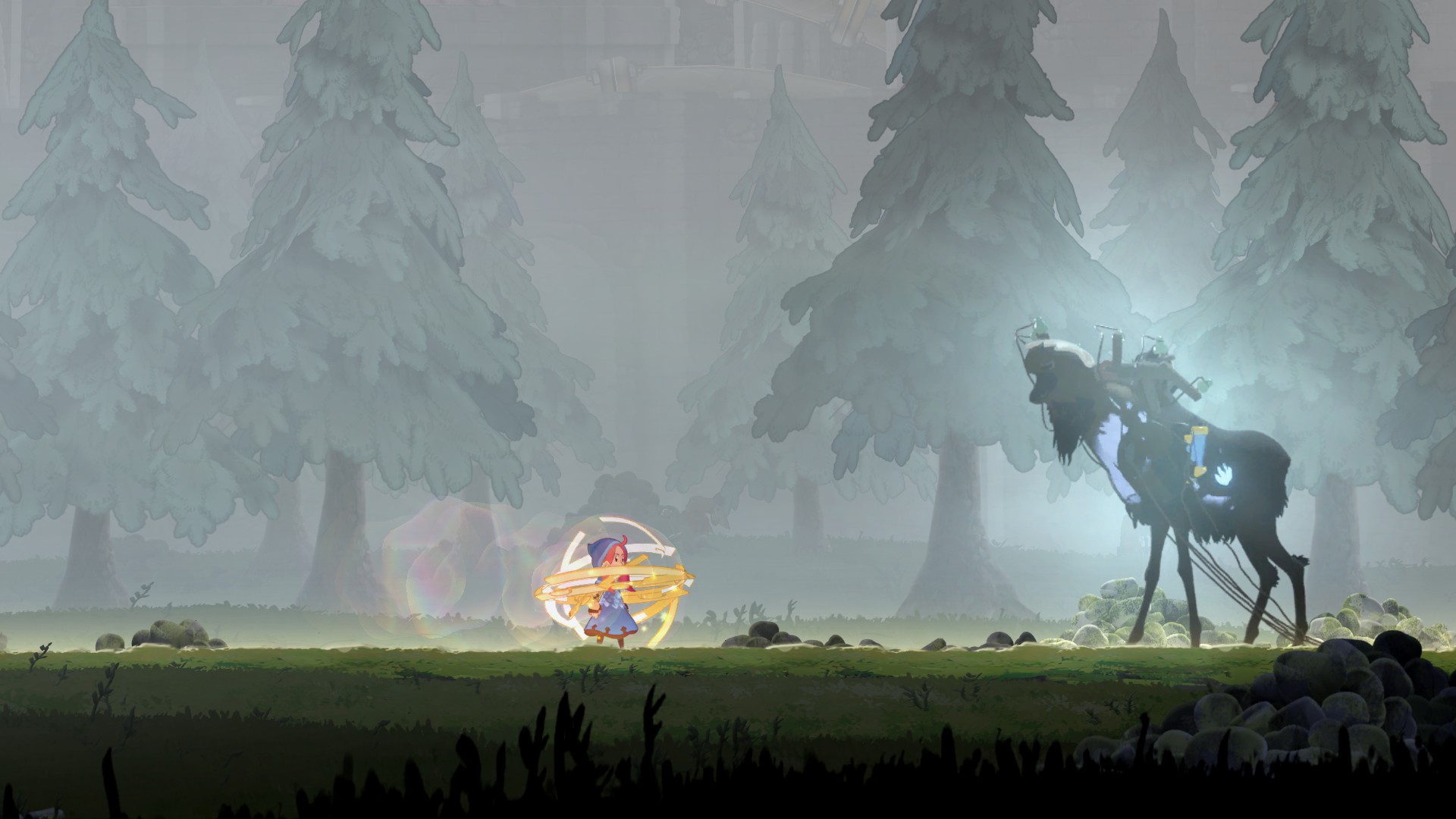
In a Metroidvania, you are relying on the abilities you gather to get you through the game. You’re likely to use many of them a lot. It’s a shame then that a few parts of Teslagrad 2’s control system and responsiveness didn’t really work. When on a wall or ceiling you need your dash move to change plane with you, and while it does for the most part, it can get caught reverting back to the main level’s gravity, giving some of the game’s trickier platforming sections extra levels of frustration.
There is a downward plunging strike move that I found frustratingly hard to pull off, requiring, it seemed, for you to already be sliding to do it, but then setting you up with floors to break without places to adequately slide beforehand. I longed for it to be a simple Crash Bandicoot bellyflop that went off without a hitch.
Lastly the axe. This is thrown using a shoulder trigger on a controller, and a bit of a direction on the joystick. However you can’t hold any button to stand still while aiming. You will move while aiming. It means that throwing the axe had to become quite a skill, and quite quickly, as you only really have it for an hour or so before the game demands skillful use of it to take down the final boss.
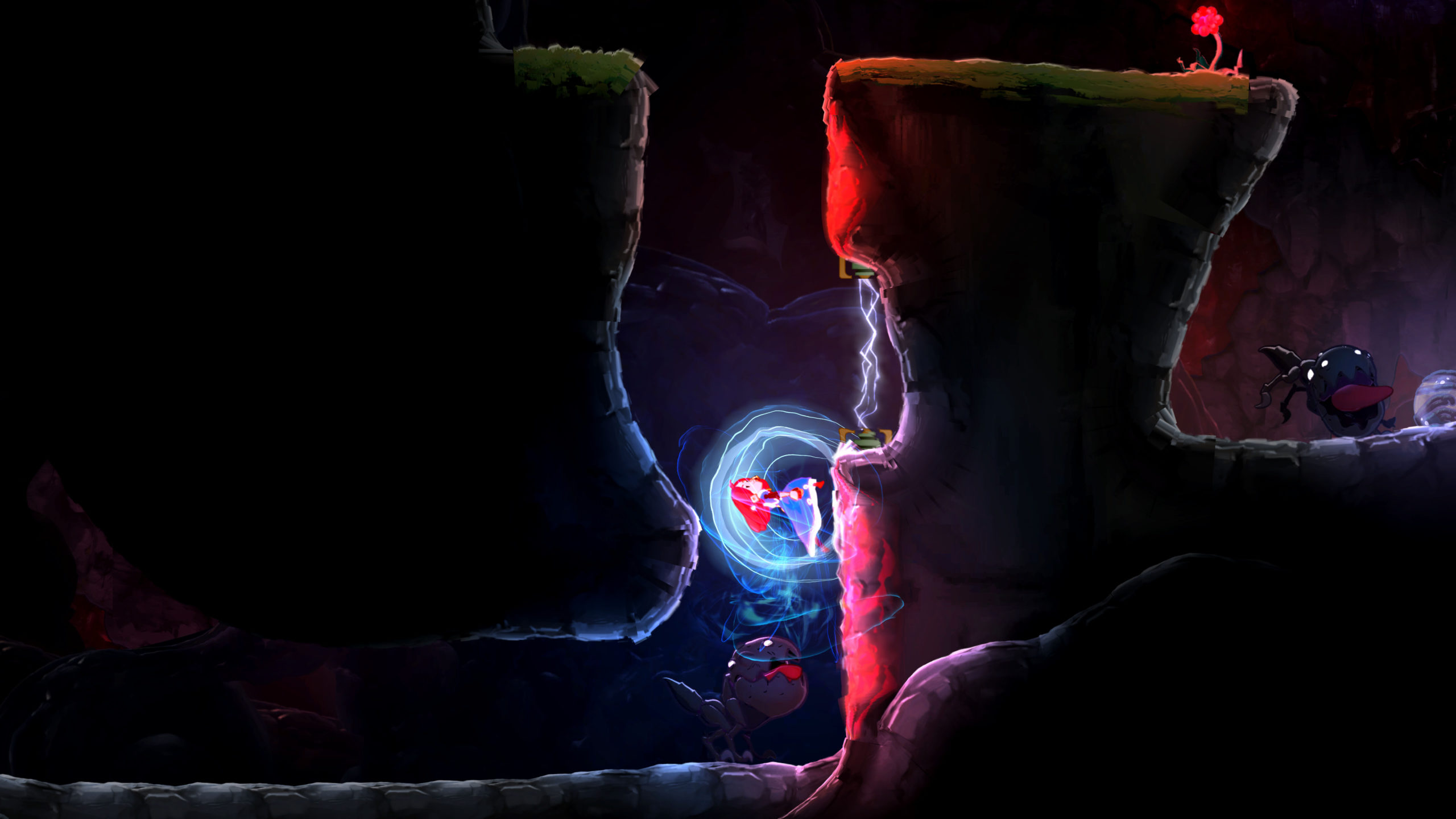
If you’re looking for a bitesize Metroidvania that doesn’t require the kind of backtracking usually associated with the genre, Teslagrad 2 is for you. New abilities reveal and allow progress in a simple streamlined manner, but it’s rarely progress that’s very far from your position. This is the type of game that fits into a hectic lifestyle, full of autosaves and plenty of checkpoints. It respects your time, and with a rush on, I wrapped up the main track and near half the secrets in just five hours.
It’s charming art and streamlined gameplay make it a joy from start to finish, and while the bosses can prove a little tricky, it’s usually down to the tricky controls. I lamented the lack of a voice, or much in the way of a plot or narrative, as I found this a real missing piece in the otherwise quite neat package.
A bitesize Metroidvania with neat physics and magnetic walls galore, Teslagrad 2’s charming art style and streamlined gameplay are a treat to play. It’s a shame that fiddly controls and a lack of any real story hold it back from the heights its other elements achieve when considered on their own.

Teslagrad 2 is out now on PC via Steam (review platform), PlayStation 4, PlayStation 5, Xbox One, Xbox Series X|S and Nintendo Switch.
Developer: Rain Games
Publisher: Modus Games
Disclaimer: In order to complete this review, we were provided with a promotional code from the publisher. For our full review policy, please go here.
If you enjoyed this article or any more of our content, please consider our Patreon.
Make sure to follow Finger Guns on our social channels. Twitter, Facebook, Twitch, Spotify or Apple Podcasts – to keep up to date on our news, reviews and features.
